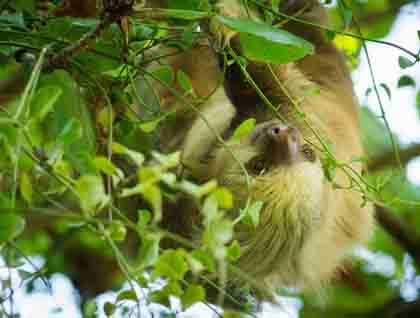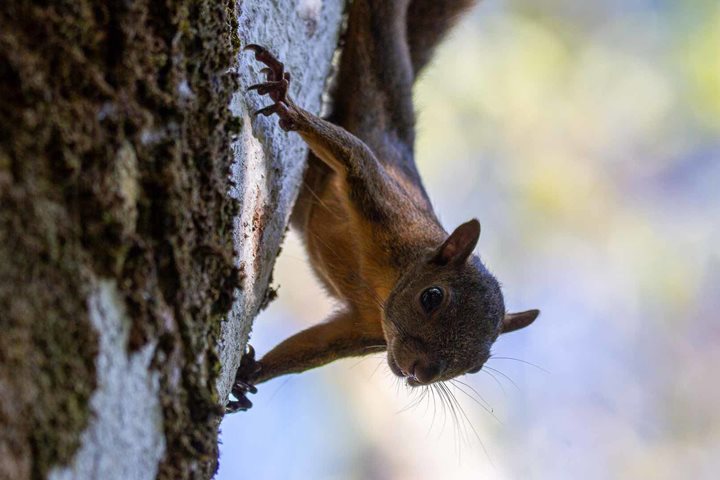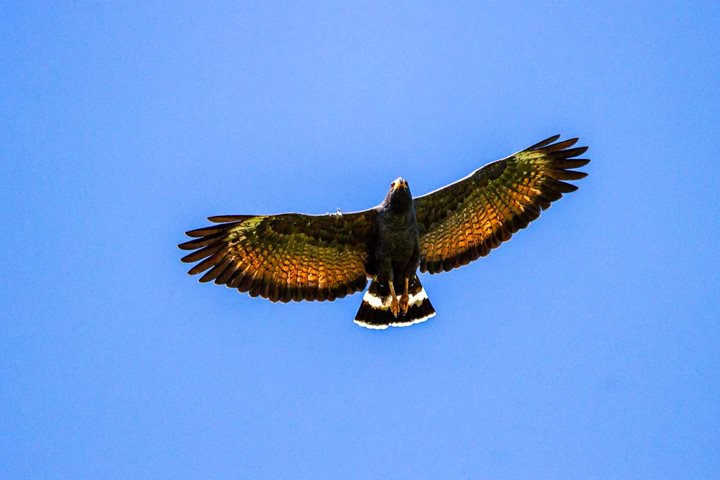Costa Rica’s extensive system of national parks protects around 25% of the nation’s territory. One of the major cornerstones of our society has been the implementation of a green agenda that has been exemplary in the whole world. Manuel Antonio was one of the regions that became protected around 1972; the local community performed a phenomenal effort in order to give some kind of protection to this majestic natural jewel on the Central Pacific.
After our wet landings on this pristine beach, we were really eager to discover the well-known wildlife of this protected environment. During our morning walks Hoffmann’s two-toed sloths,bBrown throated three-toed sloths, white- faced capuchin monkeys, and mantled howler monkeys were some of the stars of these wildlife encounters.
In addition to the creatures found within this area, the scenic beauty with its more than 12 islands crowning the main land is outstanding. The marine and land ecosystems are highly visited by local and international travelers; however, our local authorities are dedicating the best effort in order to keep a balance where nature and humans interact with each other.
Right after lunch, many of us postponed siesta time for a great swimming possibility back on Espadilla Sur Beach. The soothing pleasant temperature of the Pacific waters concluded our day at Manuel Antonio National Park. Once back on board, Ronald provided a compendious knowledge of centuries of history of Costa Rica with a talk in the lounge.
As the sun was setting as a luminous orange sphere, we began to understand the important vow that Costa Rica undertook to preserve flora and fauna. This strong human connection with our natural world needs to continue for our following generations.









